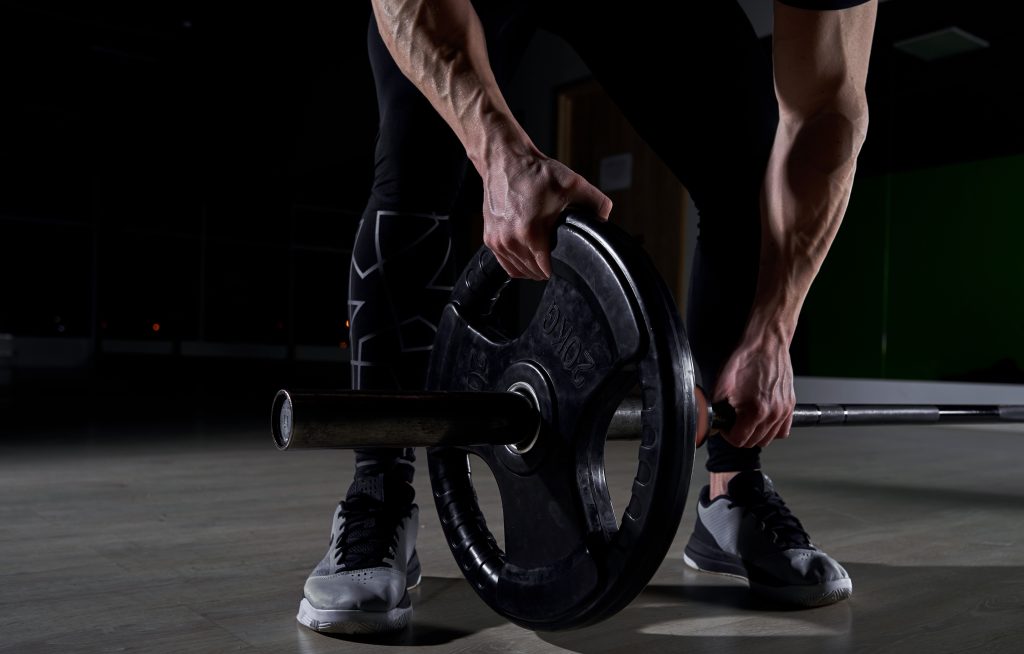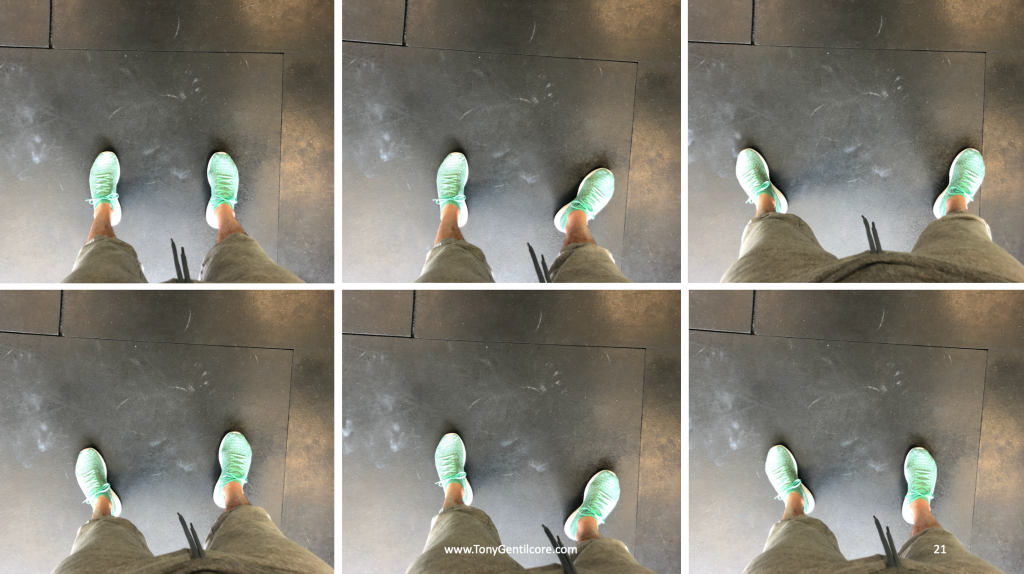What does it mean to be a fitness professional?
The definition (or more to the point, the expectation), admittedly, has gotten a bit less clear cut in recent years.

Putting the “Pro” In Fitness Professional
I could sit here and wax poetic that what separates a “true” fitness professional from someone who’s pretending to be one is that the former actually practices what they preach.
Meaning: They 1) actually workout and/or 2) actually DO the workouts and exercises that they espouse on their respective websites and social media feeds.
Or they don’t.
I mean, I could make the case that a “true” fitness professional is less likely to post asinine videos of circus-act like exercises (that they’d never do themselves) in the name of accolades and attention.
You can spot the fake trainers from a mile away. They write the most ridiculous looking routines.
A Competent Trainer’s Program
A1. Trap Bar Deadlift: 3×5
A2. Pallof Press: 3×10/side
B1. Goblet Step-Through: 3×12,10,8/leg
B2. Pull-Through: 3×12-15
C1. Goblet Squat (50 lb): 2xAMAP (up to 20)
C2. Suitcase Carry: 2×40 yd/arm
An Instagram PhD’s Program
A1. Trap Bar Deadlift Contrast Tempo Set vs. Chains (From a Deficit): 5×10
A2. 1-Arm Landmine Press w/ Contralateral Ossillatory Facilitation: 5×10/side
B1. Barefoot Walking Lunges Over Broken Glass: 2×400 m
B2. Or Until Your Pancreas Fails (whichever comes first)
C1. Pull-Ups: 10×10
C2. Ice Bath: 10x30s
I’m obviously going out of my way to be facetious here, but therein lies my point.
As my friend and colleague, Nick Tumminello, has so succinctly stated in the past:
“A master trainer (I.e., someone who’s a “pro”) can also be referred to as an Exercise Prescription Specialist.”
He or she has a high level of expertise doing the following:
- Exercise Individualization
- Exercise Application
- Exercise Prioritization
1. Exercise Individualization
This can simply be boiled down to figuring out the correct stance for someone on their squats. For example, despite what most textbooks would insinuate, not everyone is going to have the luxury of having the “correct” anatomy to squat with a narrow stance and their toes pointing straight a head.
NEWSFLASH: People don’t live in textbooks.
Hip anatomy tends to have the most variance given a broad swath of the population. Things that come into play are:
- Hip socket depth
- Hip socket orientation – retroverted (outward facing) or anteverted (forward facing).
- Femoral neck orientation (retroverted vs. anteverted)
- Femore neck angle
- Femur length
- Amongst other things
There are a bevy of variables to consider and to expect every person to fall into one set pattern or way of executing a lift is a bit of a stretch.
In fact, there’s a number of permutations that manifest when you allow for individualization of squat stance.

Exercise individualization can also come down to figuring out the correct grip for someone to use during their bench press. Someone with sub-acromial pain syndrome (SAPS) will often have pain in the front of their shoulder. Conventional wisdom would suggest that such an individual should adopt a narrow(er) grip during the bench press to “protect” the shoulder.
However, a narrow grip will require more glenohumeral extension, which for these individuals can be problematic. Instead, a wider grip may be more germane to reduce the amount of GH extension required and to place more stress on the pec muscles.
A “pro” leans into and pays more attention to these sort of things.
2. Exercise Application
Should everyone squat to the same depth?
Short Answer: No. Tha fuck outta here.
A Less Short Answer: As I noted above, hip anatomy varies person to person and it shouldn’t be your expectation that everyone, all the time, with no exceptions, should squat to the exact same depth.
I have some clients who squat ass to grass.
I have others who squat to parallel.
And, indeed, I have others who squat above parallel.
Come at me, bro.
They all still count as a squat.
Depth is more or less arbitrary and is contingent on one’s goal(s), unique injury history, ability level, and, in case you haven’t picked up on the theme, individual anatomy.
No one should get demerit points because they don’t fit some fictional standard.
Moreover, what about when the conversation switches to sets and reps?
- What’s the determining factor between prescribing 3×10 for any particular exercise or 5×5?
- What about 8×3? 6×4?
- 4×6?
Are you using a dartboard to ascertain a client’s set/rep scheme or intelligent program design catered to the needs/goals of the athlete/client?
A “pro” knows the difference.
3. Exercise Prioritization
Which exercises should be done first in a workout?[footnote]Biceps.[/footnote]
Which ones should be done last?[footnote]Biceps.[/footnote]
Which exercises should be performed most often?[footnote]Yep, you guessed it, biceps.[/footnote]
The eloquent answer is past the scope of this blog post. However, a fitness professional can easily provide a “why” for each example.
In Short
What really separates a true fitness professional from the IG PhD is that the former knows how to DESELECT things. What makes a great chef isn’t the fact they have every ingredient in the bowl. They’re great because they know what ingredients to (de)select, they understand what order they need to be applied, and they know how much of each to use.



